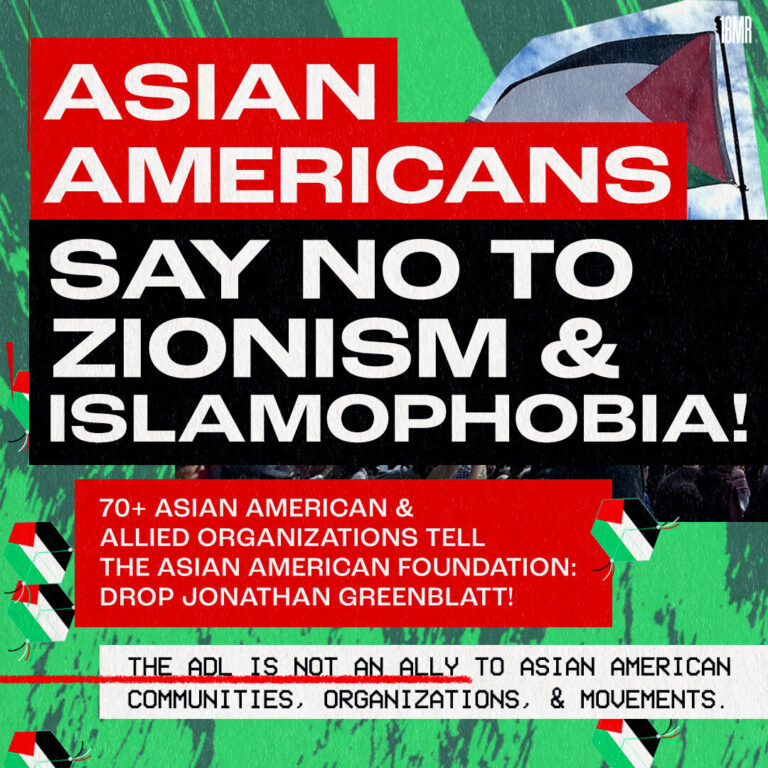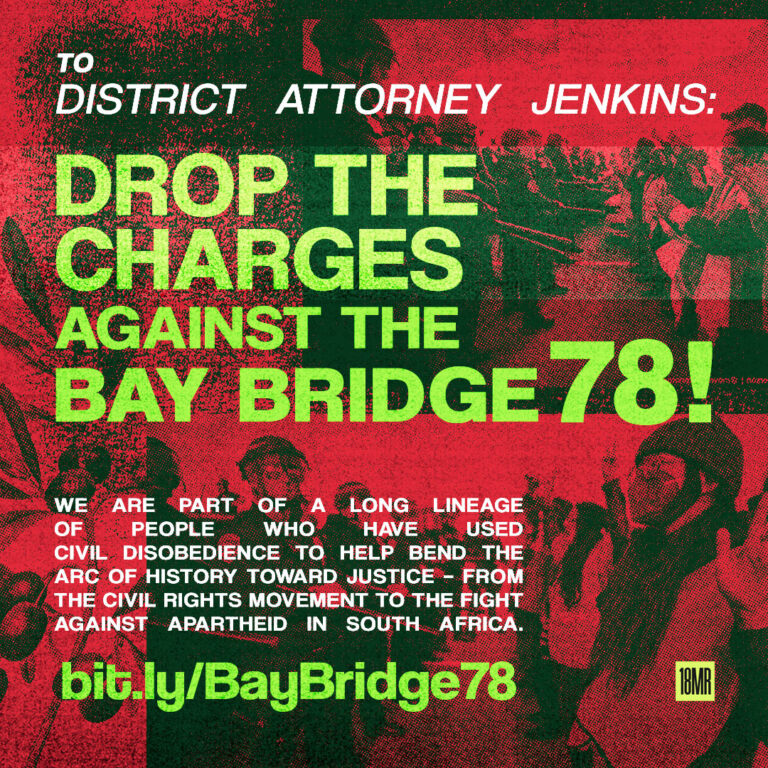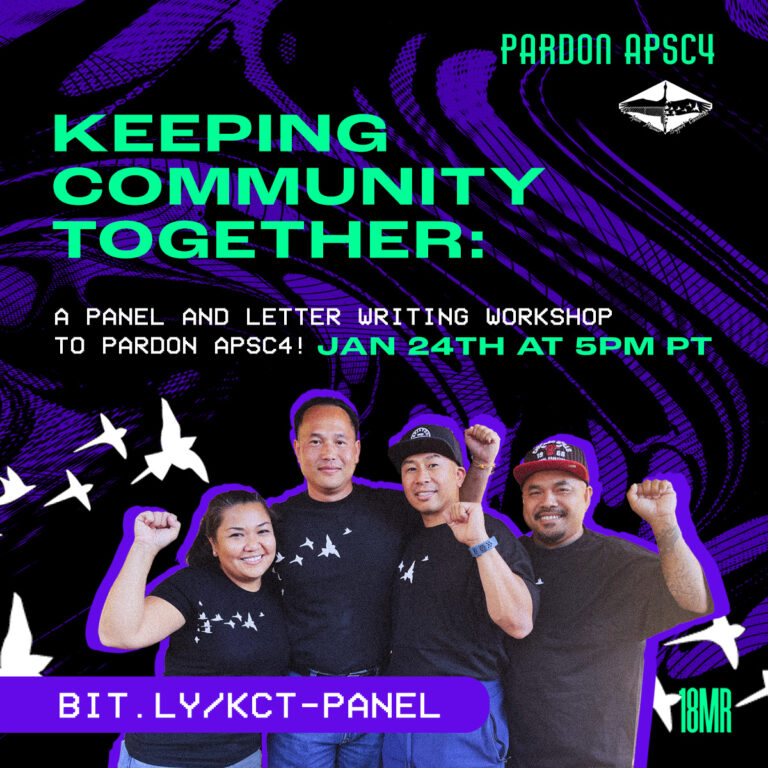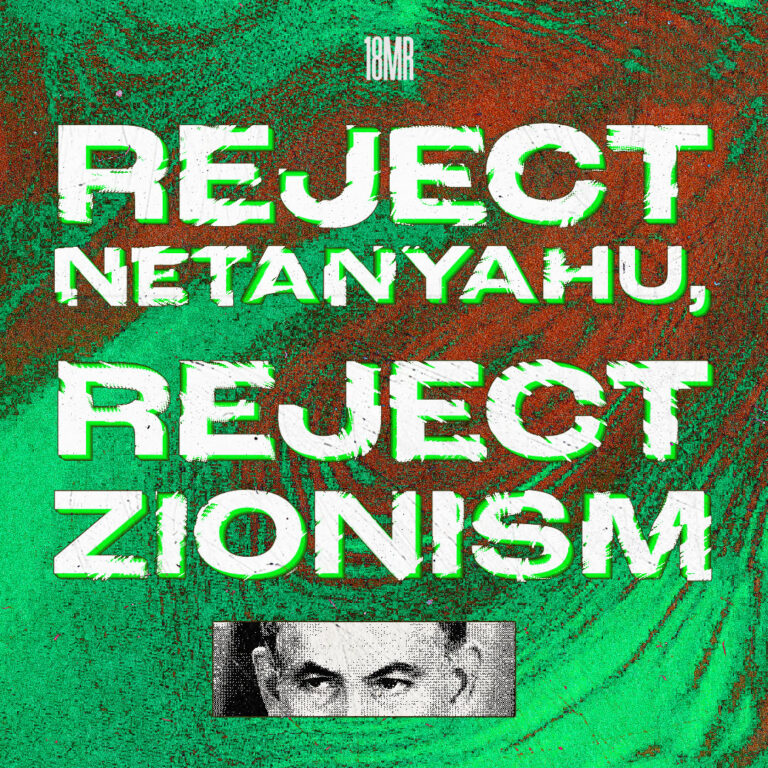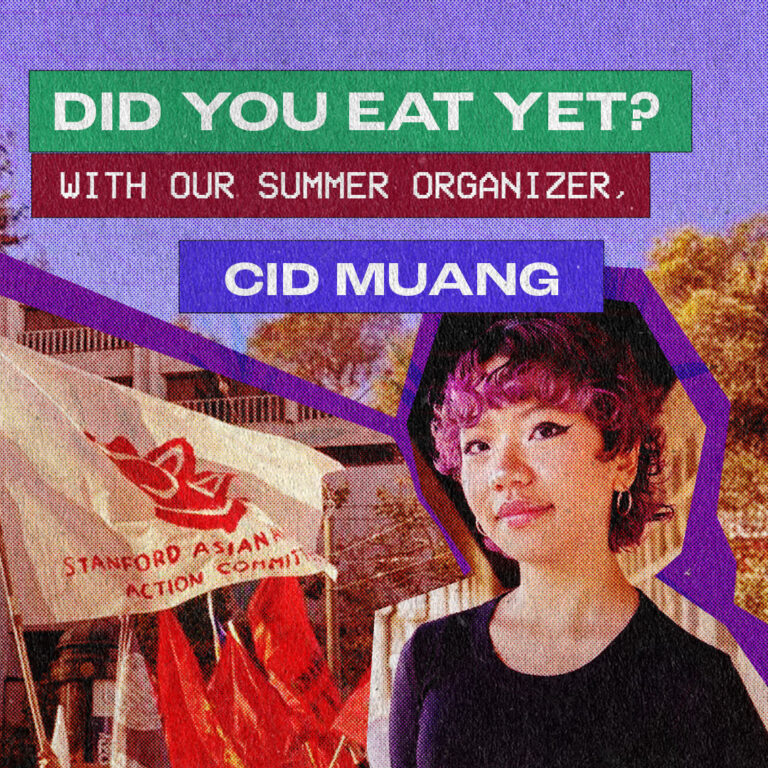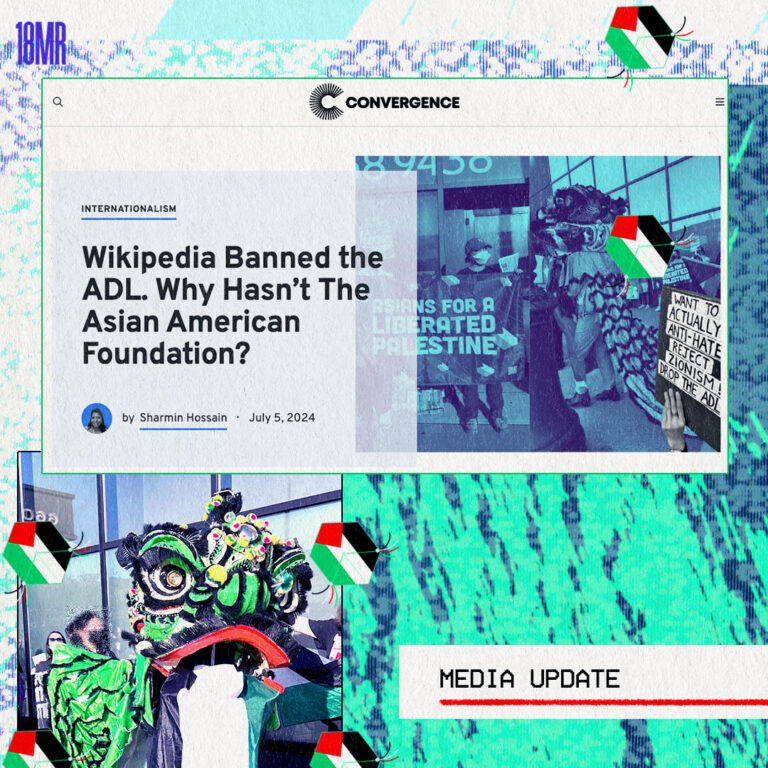Note: For context, this interview took place in January 2020, prior to the COVID-19 pandemic in the U.S and the ongoing uprisings in defense of Black life. Though our interview questions would look different today, we believe the conversation here ages well on why Asian American healing is essential for showing up in solidarity with Black liberation.
sumi: You’re a queer, South Asian trauma therapist and writer. But you’re not solely a talk therapist. You have practiced and taught a fairly new (and perhaps also deeply ancient) theory of change called “somatics” through an organization called generative somatics (gs), for over a decade. What do you believe is the magic that healers and organizers, many of whom are Asian American, are finding in somatics?
Nathan: I think those of us who commit our lives to healing and justice long for wholeness— for ourselves and our people. And we believe that transformation is possible: that there are better ways to organize society, govern, meet our needs collectively, and be in relationship with each other and the earth. But, we’ve also seen our selves and organizations act in ways that are out of line with our values, especially when we’re stressed and shit hits the fan.
We want to “be the change,” but we don’t always know how to practice the world we want.
Through talk therapy, we can develop insight about what we do and why we do it, especially in light of our early relationships. It’s slow work though, and usually ignores the impacts of broader forces like colonization, capitalism, and patriarchy. Getting politicized, on the other hand, can help us see that we do so much of what we do because of broader social conditions. That many of our problems are actually about racism, homophobia, and ableism, not us, which can connect us with others who long for change.
Those layers of awareness are powerful. “Wow. I do XYZ when I’m triggered and that’s because of what happened in my childhood, which was influenced by these wars, these impacts of migration, etc.” It creates more self-acceptance and deepens our compassion for how others around us have been impacted by trauma and oppression too. But understanding alone doesn’t mean we know how to do something else— which can be disempowering. “I have all this understanding, but here I am doing the same thing over and over.” Over time, that produces self-defeat, frustration, and shame.
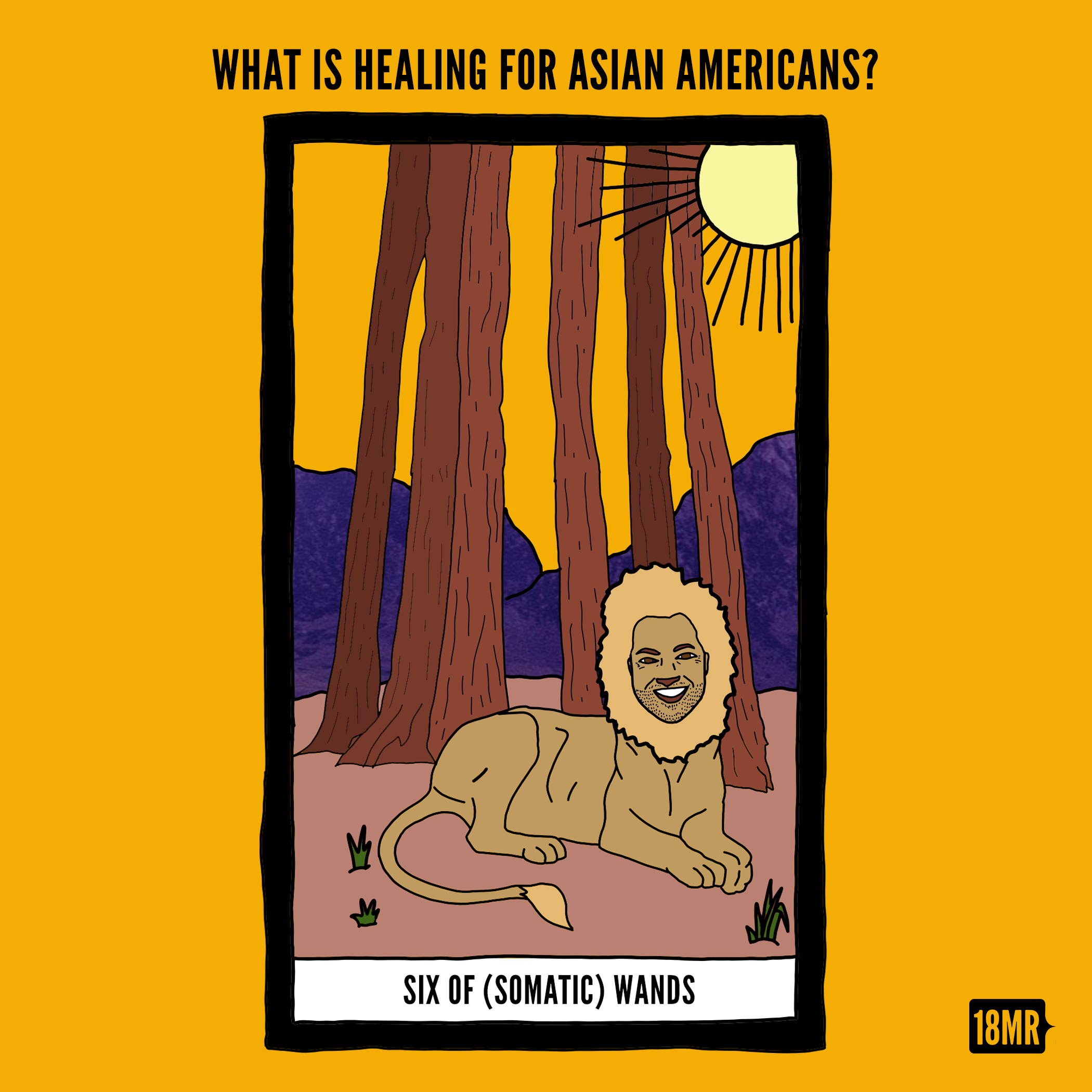
Somatics is an approach to transformation that’s very effective at helping people shift their actions to align with their values, even when stressed or triggered. I think part of the magic folks find in somatics is that it works! Many of us would say we’re now able to do things we never thought we could (or have stopped doing things we didn’t think we could not do). I sometimes say that somatics is pragmatic mysticism. It’s a practice-able path that reveals a wholeness we can’t understand cognitively.
I appreciate what you said about a ‘newer practice but really ancient.’ I think that’s another reason it’s resonating for so many folks. This methodology is an articulation of principles that exist in many traditions, but which many of us have been cut off from through migration and displacement, adoption and assimilation. For me, somatics has been a doorway to knowledge that is both ancient and timeless, and which has led me to seek and rediscover my own lineage.
sumi: You recently published an essay in this anthology where you talk about shame. You write that shame is different than guilt in that it “creates an identity: ‘I am bad.’” One of the ways you described shame really stuck with me: “[we may] overcompensate in other parts of life through overwork, caretaking, or perfectionism to make up for whatever is ‘wrong’ about us.” There is a connection to the model minority mythology that is haunting me when I read this. Do you sense that too?
Nathan: Yes. My parents were part of that wave of Indian professionals who came to this country after the 1965 immigration policy change. Arriving in the U.S., they stepped into the myth that simultaneously communicated “you don’t belong here” and “if you work hard enough you can earn the right to stay.” Those became defining narratives within the Indian immigrant community I grew up in, “Be good. We have to prove how smart we are.” That whole script, of course, is built on a foundation of anti-Black racism and the erasure of Indigenous sovereignty
So there’s basically shame in either direction— the shame of failing to successfully integrate into whiteness, and the shame of accepting certain privileges at the expense of Black, Indigenous, and Latinx folks.
From a somatic viewpoint, there’s wisdom in shame. If we believe there’s something wrong with us,“If only I was smart enough/working hard enough/speaking English well enough…” it gives us something to do. I can work harder, improve my English, etc. rather than having to feel the helplessness of, ‘No matter what I do or how good I am, my place is conditional. I’ll always be an outsider.”
For the communities I grew up in, that shame drives so many choices. Collectively, not facing into that is part of what keeps us from fighting for racial justice. The fear over and over, ’Oh, we can’t rock the boat because—.’ And in the process of that, being under-accountable for the benefits we get on other communities’ backs.
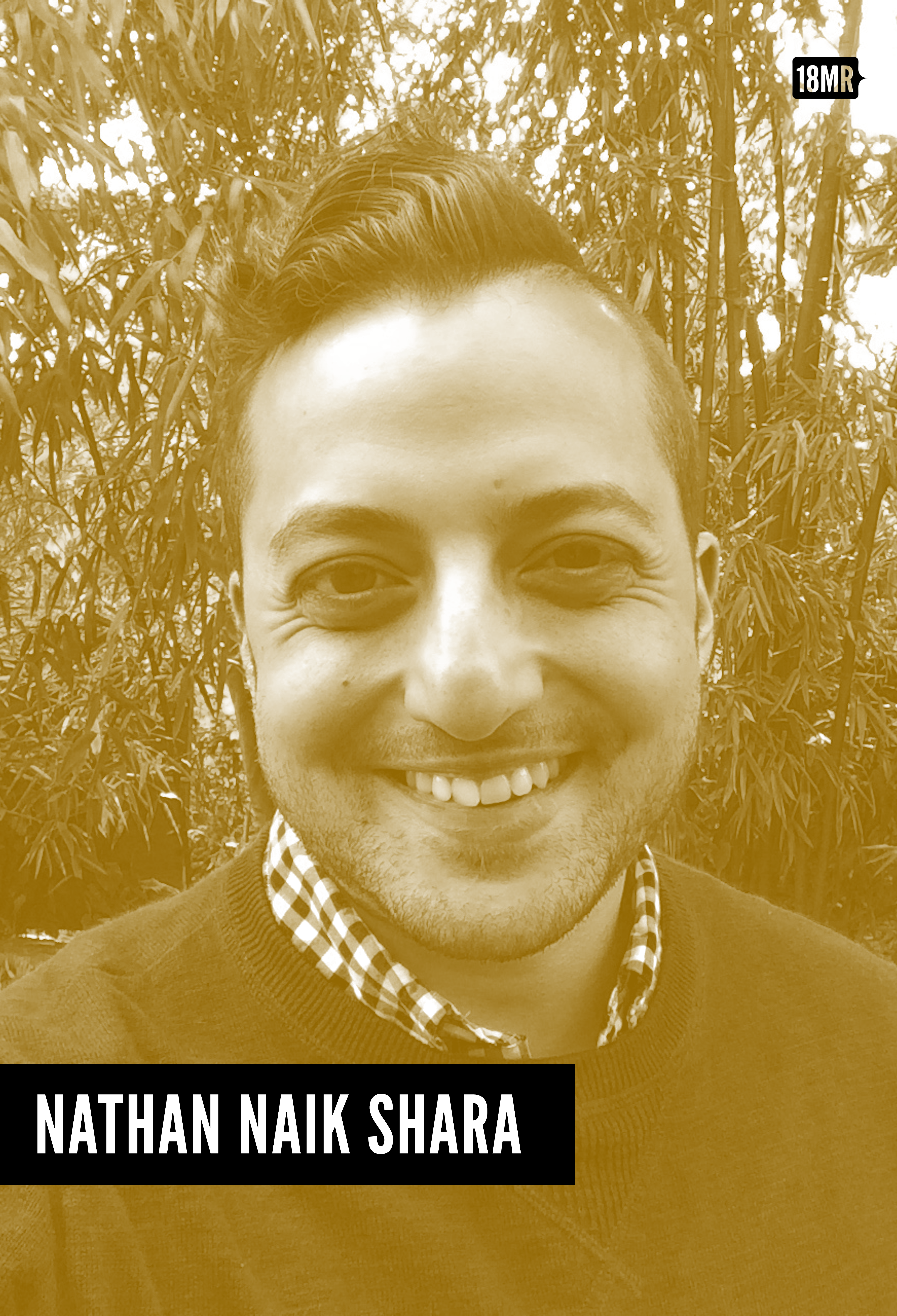
sumi: What you said about collectively facing this feels really important. For ourselves, in our own healing around belonging.
Nathan: Over the last few years, I’ve been involved with Bay Area Solidarity Summer (BASS), a social justice camp for South Asian youth. Topics include organizing against Islamophobia, climate justice, and addressing anti-Blackness within Desi communities, along with skills like direct action and campaign strategy. That space has been a great model of what it can look like to open pathways into movement work from a place of dignity and mutual connection. It’s also highlighted for me that if we don’t connect the conversations between intimate violence and imperialism, Islamophobia and climate justice, caste apartheid and white supremacy, we’re gonna keep losing generations of people who could have been activated into movement work.
sumi: How do you love your people really well through your work? And when we’re talking about love, I mean in the James Baldwin sense: “Love takes off the masks that we fear we cannot live without and know we cannot live within.”
Nathan: That’s something I appreciate about both somatic work and political work— they keep challenging me to love bigger, wider, steadier, more fiercely. I’m also about to become a parent, which raises the stakes in my everyday life!
As a somatics teacher and therapist, if I’m not bringing love and acceptance into my work, healing and transformation won’t happen.
For people to open and reveal the painful and shameful things about themselves, they need to believe that love and belonging aren’t on the line.
Only if we know we’ll be accepted, no matter what, does it become possible to bring our pain, fear and shame into the light and go, “Okay, now what? How do I face and heal this? How do I make this right?”
Connecting the thread back to Asian America: if we knew collectively that belonging was possible, what could we name, own and claim about where we’ve come from and the complexities we carry? We have to face the fact that the State will never really let us belong— it depends too much upon our outsiderness. Our only true path to belonging requires that we find common cause and build trust and resist alongside other oppressed peoples. So I try to bring those kinds of love into my work.
Finding dignity in South Asian radical tradition has been an important part of my own mask-removing. Instead of dealing with shame about the ways South Asian communities have colluded with white supremacy by trying to make up for our people, or hiding out in a more generic “POC” identity, it’s been essential for me to build community with other South Asians who are engaged in multiracial work for racial justice and collective liberation.
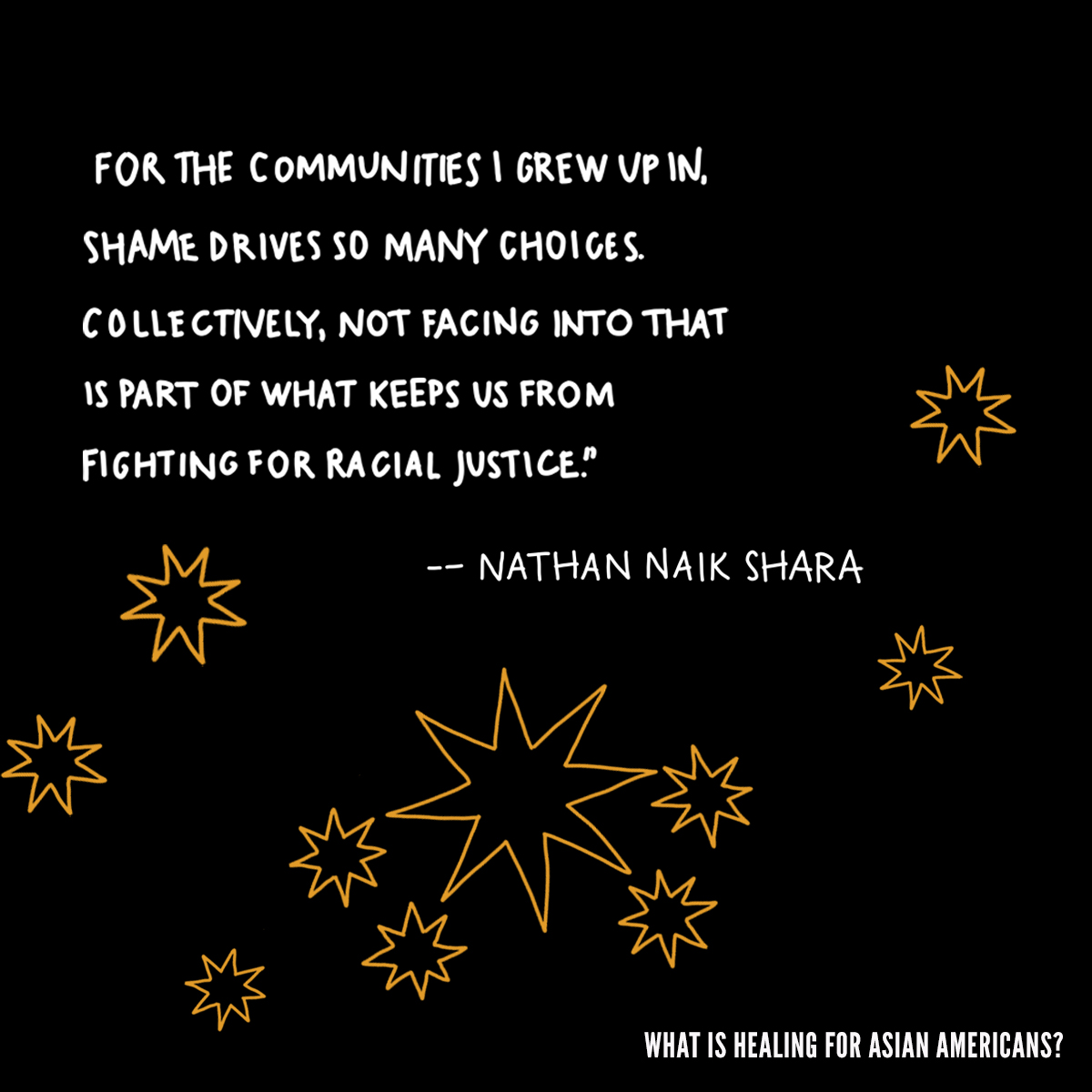
sumi: One of my favorite somatic teachings is that we are what we practice (and that we’re always practicing something). In the last 12 years, what is something you now practice, daily, that really fulfills you?
Nathan: After all these years, the most foundational practice is the most profound one for me, which is centering. Turning my attention to my body and getting present with what is. And then asking myself how I want to show up to the moment in front of me. To keep choosing and practicing how I want to be, moment-by-moment, continues to be revelatory.
These days a lot of my daily practice comes down to: Am I being a good friend?
Am I keeping track of what my people are dealing with this week? Did I remember to reach out and ask, ‘How’d that conversation go?’ Those are my building blocks for being someone people can actually take off their masks with.
sumi: What’s more possible when we integrate organizing and healing?
Nathan: Building loving and accountable power for liberatory struggle.
sumi: What’s the hardest part about facing harm?
Nathan: The pain of remorse.
sumi: What are you in awe of?
Nathan: Redwood trees. Direct action. True partnership.
sumi: What’s your vision for Asian America in the next 10 years?
Nathan: Facing ourselves. Claiming our belonging and throwing down for justice.
*This interview is part of “WHAT IS HEALING FOR ASIAN AMERICANS?” an 18MR pilot series exploring the healing possibilities for Asian America, in the face of American exceptionalism and the model minority myth. *
To learn more about Nathan’s work with generative somatics, visit: https://generativesomatics.org/

